
Making natural homemade vapor rub to replace the famous VapoRub® is simple and fun. Make this DIY vapor rub and you’ll never buy it again!
Recently, a few of my kids woke up coughing. They told me their chests felt weird and that it felt strange when they inhaled. It sounded just like chest congestion.
Did I run to the store and buy a popular vapor rub? No. Commercial vapor rubs are typically petroleum-based and add camphor which has been synthetically derived from the oil of turpentine and menthol, which is typically synthetically made.
I decided to make a DIY vapor rub containing natural essential oils that contain complex compounds that not only knock out symptoms but can also help the body heal itself.
So I whipped up some homemade vapor rub for coughs and chest congestion using my 5 must-have essential oils and favorite multi-purpose ingredients.
Why whipped? Because whipping the oils together requires no extra heating, which means fewer dishes (and less clean up). The result is a light, silky body butter that rubs in quickly. Just what you need for chest congestion.
Essential Oils for Coughs and Chest Congestion
- Peppermint essential oil is antibacterial, analgesic (it soothes pain) and anti-inflammatory. It’s also cooling and refreshing thanks to its menthol content.
- Eucalyptus essential oil is antimicrobial and a great expectorant, making it a good oil to use for respiratory issues.
- Lavender essential oil is very soothing and can help promote peaceful sleep (something that’s a bit difficult with chest congestion).
- Lemon essential oil isn’t just for gunk that’s stuck on surfaces. It’s also a great oil for slowing wheezing, colds, cough, and other upper respiratory problems.
- Tea tree essential oil is antimicrobial, making it a good addition to this rub if the chest congestion is caused by some sort of pathogen.
Pretty impressive right? Individually, these essential oils are awesome, but together, in this homemade vapor rub, they make a powerful combination that helps clear up chest congestion.
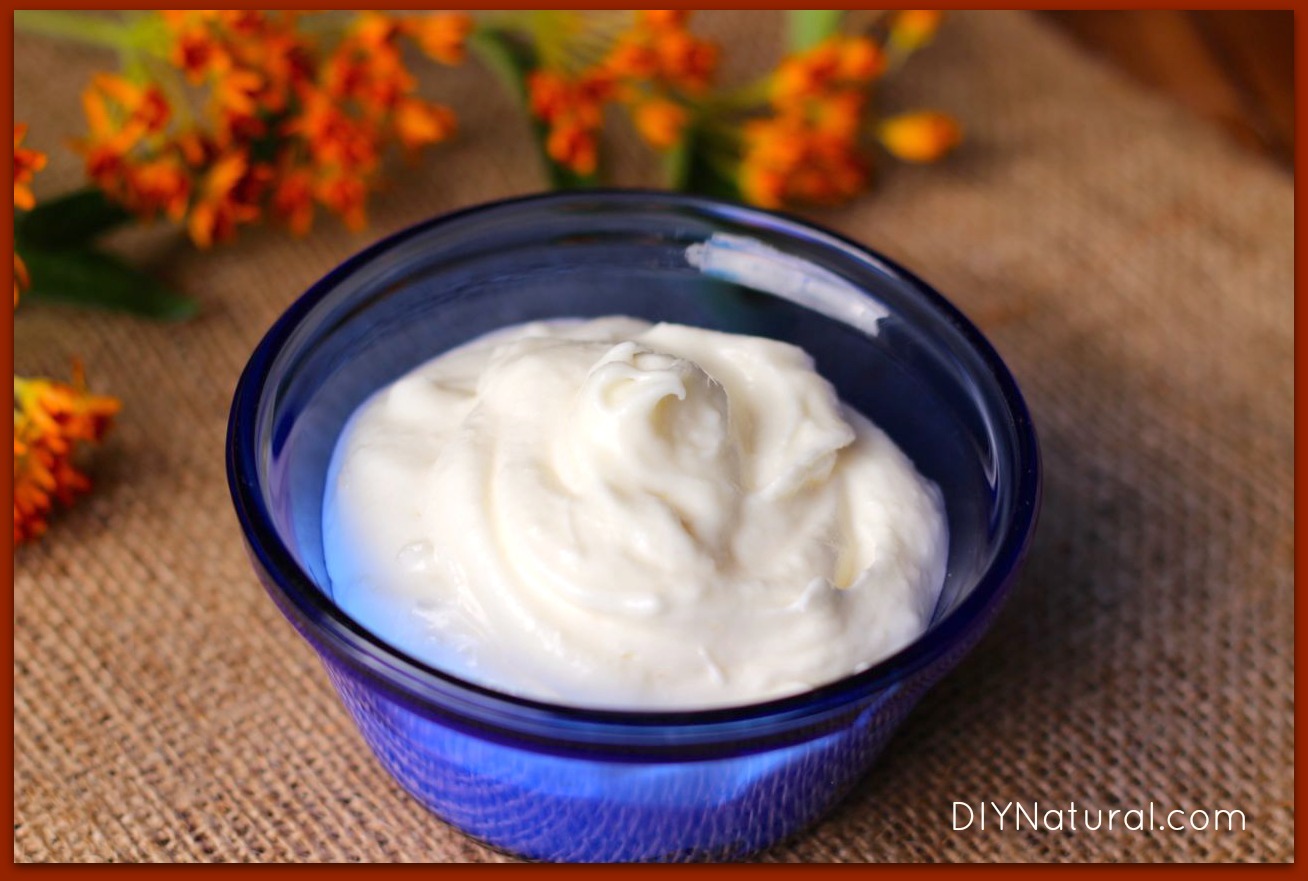
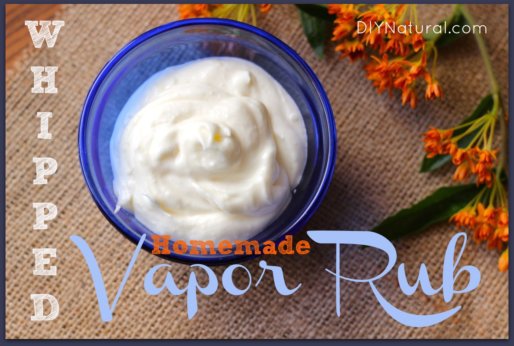
Homemade Vapor Rub Recipe
Making natural homemade vapor rub to replace the famous VapoRub® is simple and fun. Make this DIY vapor rub and you'll never buy it again!
- Prep Time
- 15 minutes
- Whipping Time
- 5 minutes
- Total Time
- 20 minutes
- Servings
- 4 ounces
- Estimated Cost
- $3
Equipment
Ingredients
- ¼ cup coconut oil (room temperature)
- ¼ cup shea butter (room temperature)
- 25 drops eucalyptus essential oil
- 20 drops peppermint essential oil
- 15 drops lavender essential oil
- 10 drops lemon essential oil
- 5 drops tea tree essential oil
Instructions
-
Using your mixer, whip the coconut oil and shea butter for about 30 seconds. Use your spatula to bring it all back into the middle of the bowl.
-
Add the essential oils and whip it again for another minute, then use the spatula to bring it back into the middle of the bowl one more time.
-
Whip for another minute, then scoop it into a jar with a secure lid. Be sure to label what you've made!
Notes
Store in a cool, dark place. My whipped butter recipes typically last for a few months – longer if you scoop it out with a clean utensil/hands.
Made this recipe?
Mention @diynatural or tag it #diynatural!
Using your Homemade Vapor Rub
This DIY vapor rub doesn’t pack the same punch as commercial vapor rubs. Instead, it seeps in slowly, with a very mild tingling feeling.
Just apply a small amount to the chest during a cold or when you have a cough. You can also apply the rub on your upper and middle back as well. Apply every couple of hours.
If you rub it into your hands, you can also cup your hands over your nose and inhale deeply a few times.
Because the oils are diluted in the carrier oils, I feel confident using this on my children’s chests and backs, the youngest of which is 3.
If you’re using this homemade vapor rub on small babies only apply a very small amount to the bottoms of their feet and put socks on them. Even though it won’t have the same effect as rubbing it on their chests, the essential oils will still be absorbed into their feet and provide therapeutic benefits. (Please be sure to only use 100% pure essential oils!)
Precautions
Even though essential oils are natural, they must still be used with caution. Why? Because they are so concentrated and powerful. That’s also why it’s so important to use 100% pure therapeutic grade oils. Check out our Essential Oil FAQ for more tips on buying essential oils.
If you are pregnant or nursing, check with your holistic healthcare provider before using essential oils. Only use a very small amount on the bottoms of the feet on infants under 6 months of age.
Have you made this homemade vapor rub recipe? Tell us what you think!
*******
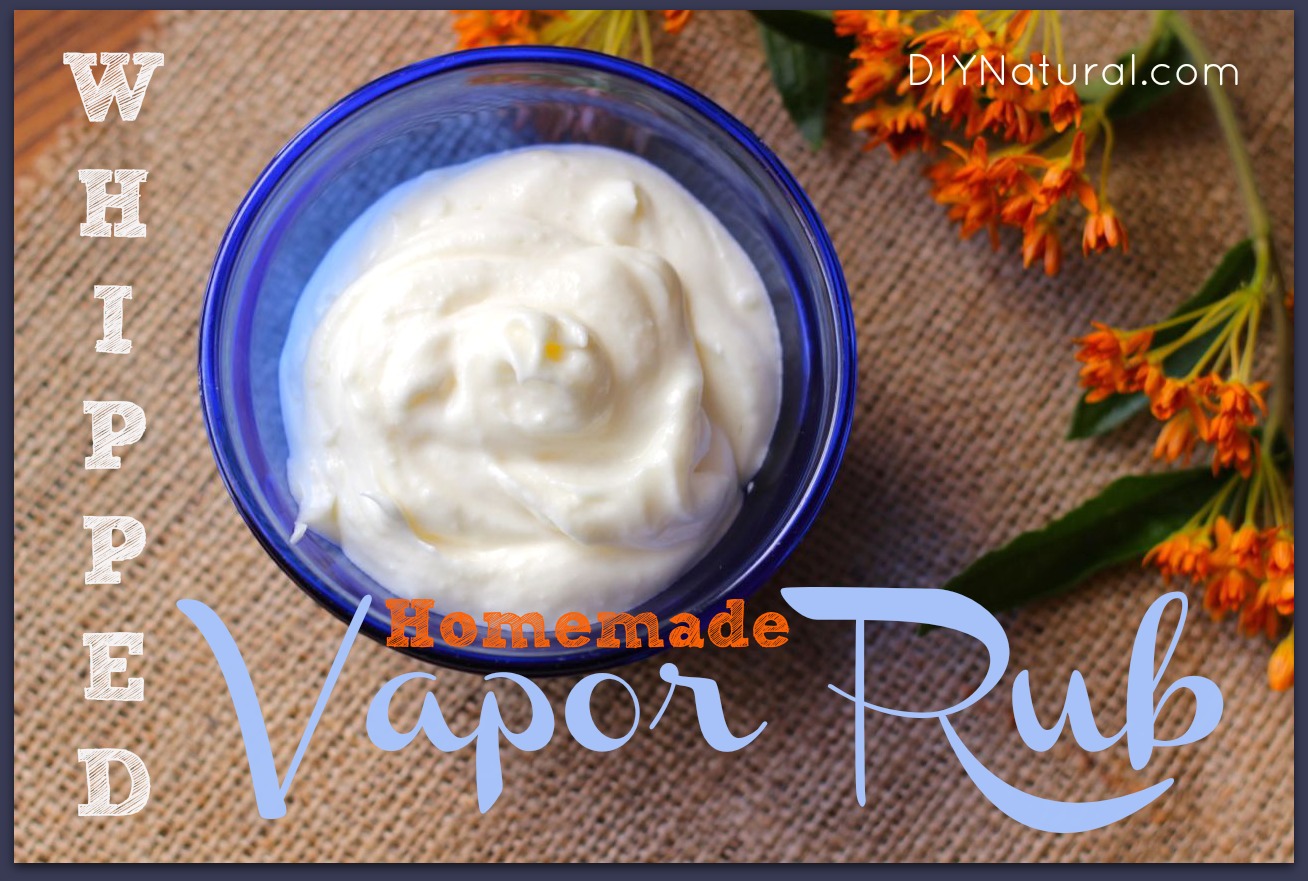
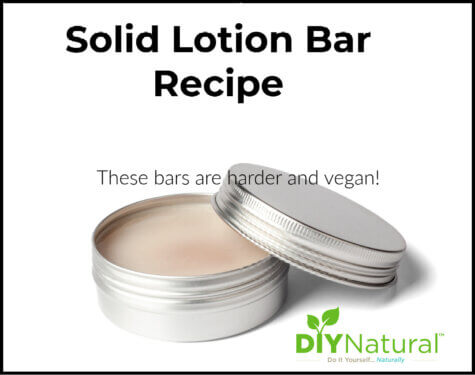
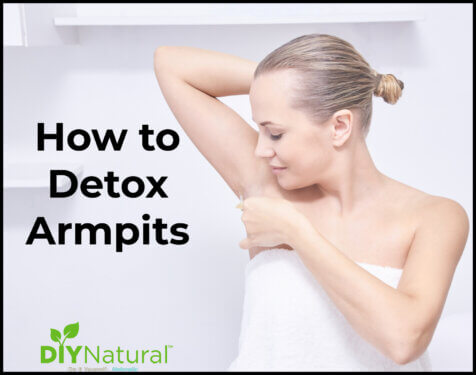

I’m an avid user of Vicks. I saw your recipe and I’m sooo anxious to try it out. Thanks so much!
I can’t wait to try it. Thank you so much
sorry, didn’t realize this was addressed earlier!
hi . do you suggest a substitute for coconut oil used in the vapor rub?
Allergic to coconut.
thankyou!
First off I want to thank everyone who is involved with this site it is fantastic! Nina, thanks for all your wonderful ideas and input into this cyber world both here and your blog. As a mother of young children new to the world of EO, I made this up right away for my very small almost 3 year old and my 4 month old. I have used small amounts on the littlest feet. Then after testing it with my oldest used some on her chest. This site and your blog has inspired me on this new journey of using EO. But now I’m so confused on what is safe for children and especially infants. I have tried to compare multiple lists from multiple sites. There are a few across the board that seem to be safe. Do you know of a list or book that I can be confident using essential oils with the little ones? I understand the importance of safety with EO. Especially since sites like Mountain Rose Herbs say not to use essential oils on babies or infants. Thank you for your time, it is appreciated!
Love this site!!
I have one question though…is there a substitution I can use for the shea butter? My son has a fatal tree nut allergy and we cannot use shea.
Question.
Some say you can use vicks vapor rub for your toenail fungus. Do you think this homemade stuff would work for that?
I think it would help. I’ve used a number of the included essential oils in an anti-fungus recipe I’ve made in the past and that helped a lot.
Can people whom take warfarin it is blood thinner, for Valve replacement in your heart
Thanks so much for sharing this. I will make sure to have all of these ingredients on hand for when cold season hits — although it seems like it already has!!
Love this recipe. I have a question though. I have a succulent plant that was named “Vicks Vapor Rub Plant” (Plectranthus tomentosa)and I was wondering if you knew anything about it or its medicinal properties?
Hi – I’m excited to try this recipe! Is there anything to use in place of the shea butter until I can order some? Thanks!
Do you have any similar recipe for aging skin – wrinkles and dry skin?
A lot of natural, homemade, lotions, salves, and whatnot contain coconut oil. I’m highly allergic to coconut oil and many other tropical fruit based oils. What would you recommend as an alternative to coconut oil for people with allergies?
I’m sorry to hear that Justin! I would increase the shea butter to 3/4 c and whip in 1/4 of a liquid oil like jojoba, olive, almond, avocado, etc. That way it should still be nice and light so it absorbs quickly and doesn’t feel greasy.
Do you think it would be safe enough for a year old?
If I still had a one-year-old, I would use it on them. I would definitely use it on their feet and then put socks on and then I would do a small test spot on their chest to make sure they don’t have any kind of reaction.
How long will this keep? I assume to store in a cool dry place.
Yes, Diane! Sorry, I forgot to say to store in a cool, dark place. My whipped butters typically last for a few months. Longer if you scoop it out with a clean utensil/hands.
What’s the shelf life of this mix?
I have made my own also, but did use camphor (I love how it smells, reminds me of the kind I used as a kid!). I have been careful to purchase the white camphor which is steam distilled…MRH even sells it, so I am confused. Are you saying that all camphor is synthetically derived?
There is natural camphor and synthetic camphor. From what I’ve read, the commercial vapor rub companies use synthetically derived camphor.
I need a DIY recipe for Campho-Phenique. I’ll have to investigate the natural camphor.
My grandfather used to use this for everything. I forgot all about it for so many years. I don’t even know if it used to be natural or not.
I grew up with Vicks VapoRub. My step mother advocated eating it. I drew the line there. I love the idea of making my own, but really hope I don’t need to use it :).
Oh, yes, Paula, I used to remember directions to the effect of swallowing a “pearl-sized” bit of Vaporub back in the ’60s. And I did it, not knowing the dangers of mineral oil and petroleum products.
Once again, this site never ceases to amaze me. I grew up on the commercial vapo rub products, but I love this DIY!! My family knows if it’s something we can make ourselves, we no longer buy it from the store. Very happy to add this to our growing list!!